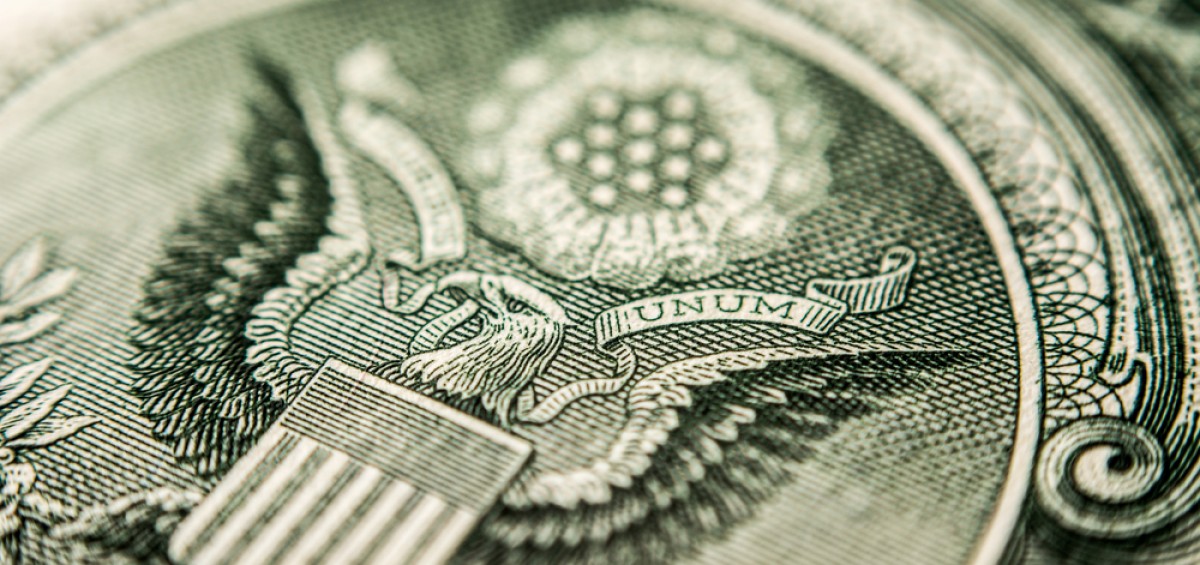October 28, 2009 – It wasn’t too many decades ago that the dollar was, as the saying went, “as good as gold”. It was a truism, almost too obvious for mention because everyone understood the dollar’s essential attribute, namely, that it was redeemable into gold upon demand.
This redeemability was a fundamental building block that explained why the dollar had value and was readily accepted and used as a means of exchange in the purchase and sale of goods and services. The dollar did not require legal tender laws or other forms of government force for it to circulate as currency. It circulated freely by choice in place of gold, as a substitute because gold was too valuable to use in transactions, day-to-day as currency. Gold was lost from abrasion as coins wore out over time, but paper could easily be replaced at little cost when worn.
But redeemability in practice actually meant far more than just the right everyone had to exchange their paper currency into gold coin. It imposed an essential discipline on the Federal Reserve and indeed, on the whole federal government. It was a dependable governor that throttled dollar creation because paper currency could only be printed if there was gold in reserve to back it. If redeemability was removed, the unyielding, externally imposed discipline would go with it.
This point was well understood. After redeemability was ended by Franklin Roosevelt moments after assuming office in 1933, many thoughtful observers began to warn that an important safeguard on the quality of the currency and a necessary restraint on the growth of government had been lost. These warnings continued for years, particularly by those knowledgeable about gold. As but one example, a four-term Congressman from Omaha named Howard Buffett, who was the father of Wall Street legend Warren Buffett, in a speech on May 4, 1948 said: “Our finances will never be brought into order until Congress is compelled to do so. Making our money redeemable in gold will create this compulsion.”
Rep. Buffett’s admonition unfortunately fell on deaf ears. What’s worse, the financial mess he spoke about pales in comparison to the disarray of the federal government’s present finances. Because there has been no discipline for decades on the creation of dollars, too many dollars have been created.
If the federal government wants to spend money, it is the primary responsibility of the Federal Reserve to make sure that politicians get all the dollars they want, regardless of the impact on the federal government’s overleveraged and rapidly deteriorating balance sheet. Despite its pretentious claims and pompous rhetoric, the Federal Reserve does not exist to fight inflation or encourage full employment or regulate banks. It has achieved none of these aims, which is obvious from the fact that inflation, unemployment and bank failures are recurring, if not perennial problems.
Regardless why it was created or the initial intentions established for it, in a fiat currency world the Federal Reserve exists for only one reason – to create all the dollars the federal government wants to spend. The Federal Reserve does this job very well. Even as we have seen federal deficits soar into the stratosphere over the past couple of years, the federal government always has as many dollars as it wants to spend. However, these deficits cannot last forever, which is one of the key points made in a speech last week by Federal Reserve chairman Ben Bernanke.
He threw down the gauntlet – again, because he has made this point before. Namely, politicians cannot continue spending at present rates. “The United States must increase its national saving rate. Although we should deploy, as best we can, tools to increase private saving, the most effective way to accomplish this goal is by establishing a sustainable fiscal trajectory, anchored by a clear commitment to substantially reduce federal deficits over time.”
Like much of the rhetoric from policymakers, it sounds good. But it never translates into meaningful action. Maybe Mr. Bernanke is trying to distance himself from the dollar’s ongoing problems and put the blame on Congress and the President by highlighting that they are failing to maintain a “sustainable fiscal” policy. But like Alan Greenspan who is now trying to re-write history and put the blame for the housing bubble on anyone but himself, the reality is that Mr. Bernanke cannot totally blame politicians.
He could do what Paul Volcker did, and raise dollar interest rates to send a message to the market that he will not allow the dollar to be destroyed. But that is not likely to happen. There has been no indication that Mr. Bernanke will raise interest rates anytime soon, much less raise them to the level needed to convince the market that he intends to preserve the purchasing power of the dollar.
Sadly, the dollar is no longer as good as gold. It is now only as good as the empty rhetoric of politicians and central bankers.








 My objective is to share with you my views on gold, which in recent decades has become one of the world’s most misunderstood asset classes. This low level of knowledge about gold creates a wonderful opportunity and competitive edge to everyone who truly understands gold and money.
My objective is to share with you my views on gold, which in recent decades has become one of the world’s most misunderstood asset classes. This low level of knowledge about gold creates a wonderful opportunity and competitive edge to everyone who truly understands gold and money.
